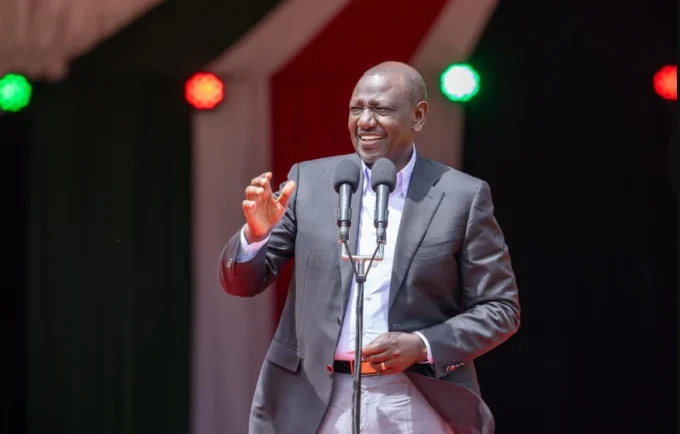The Central Bank of Kenya (CBK) has taken measures to tighten the disparity between interbank rates and its benchmark lending rate in a bid to reduce credit costs. This strategic move is part of a comprehensive set of reforms aimed at enhancing the efficiency of the interbank market and improving the transmission of interest rate decisions to lower lending rates for businesses and individuals.
The reforms introduced by CBK involve establishing upper and lower limits for interbank rates, as well as the CBK emergency loan rates, in alignment with the prevailing Central Bank Rate (CBR). The revised framework aims to ensure that interbank lending rates remain below 1.5% of the CBR, down from the previous 2.5%, while the discount window rate has been reduced to 3% above the CBR, compared to the earlier 4%.
CBK’s decision to narrow the interest rate corridor around the CBR, from 250 basis points to 150 basis points, underscores its commitment to addressing market inefficiencies, including the issue of varying interest rates faced by small and large banks in the interbank lending market. This reform is particularly crucial in mitigating segmentation within the banking sector and promoting equitable access to funding for all financial institutions.
By streamlining interbank lending rates and aligning them with the discount window rate, the CBK aims to facilitate smoother operations within the financial sector and encourage banks to seek funding from the central bank as a last resort, ensuring a more robust and sustainable monetary environment. The discount window now offers secured loans to commercial banks at a punitive rate above the benchmark lending rate, incentivising prudent borrowing practices and discouraging excessive reliance on CBK funds.
> Akorino Sacco Flooded With Ruto Cash
While these reforms signal a positive shift towards lower interbank rates, CBK Governor, Mr Kamau Thugge, clarified that the adjustments do not equate to an overall loosening of interest rates or monetary policy. Rather, the refinements are intended to enhance the effectiveness of the existing framework, streamline policy implementation, and enhance the direct transmission of monetary policy decisions to the broader economy.
As the CBK continues to drive forward these reforms, focus remains on fostering a more efficient and inclusive financial system, supporting credit access for businesses and individuals, and ultimately contributing to sustained economic growth and stability.
> The Trials and Triumphs of Shaffie of Shaffie Weru













Leave a comment